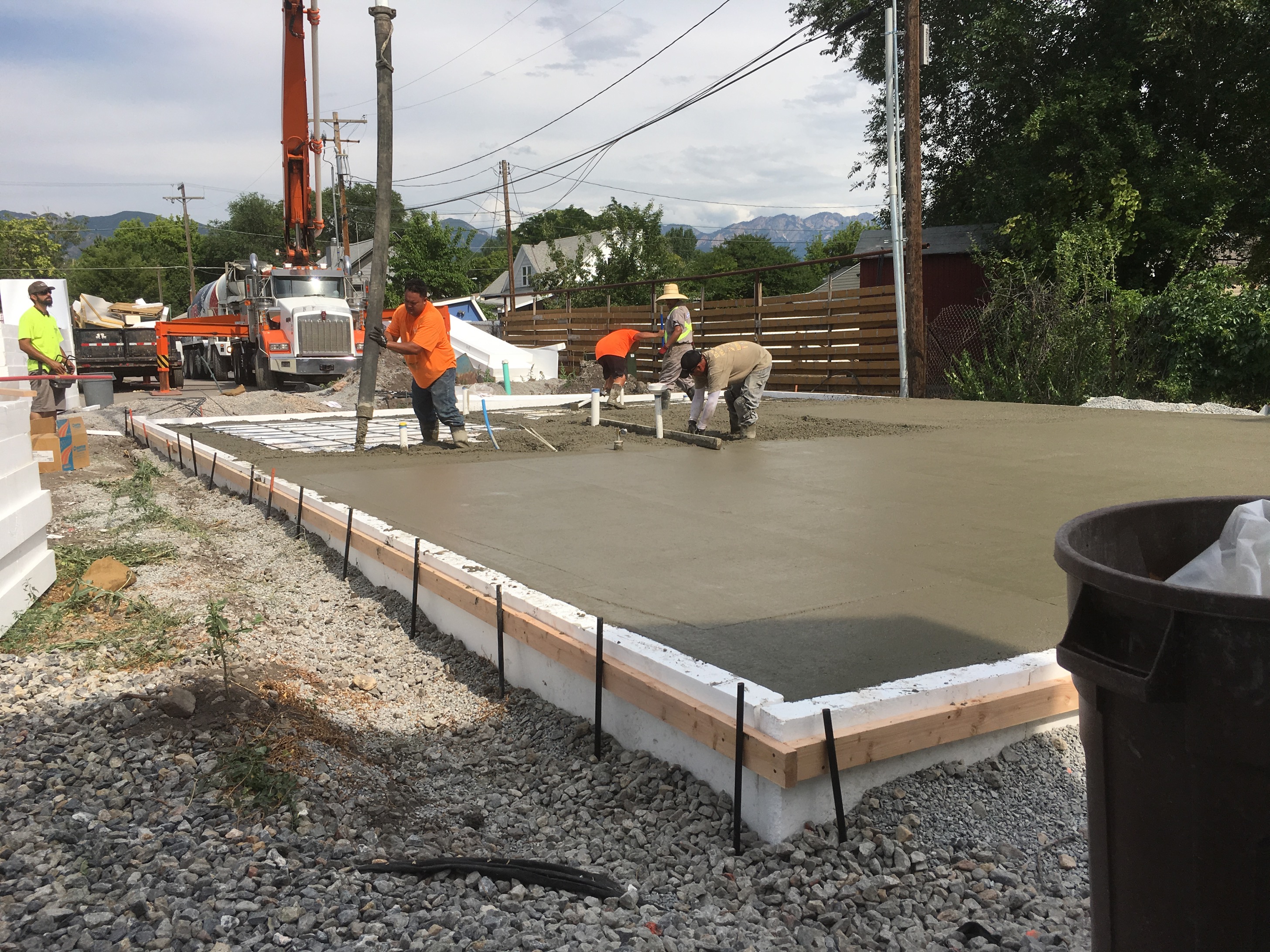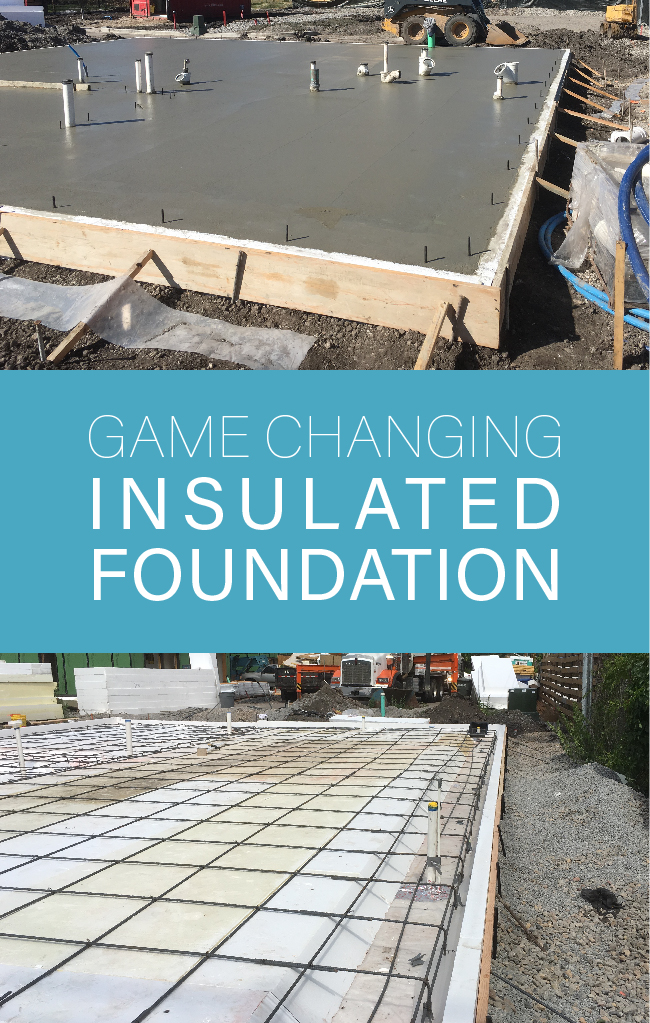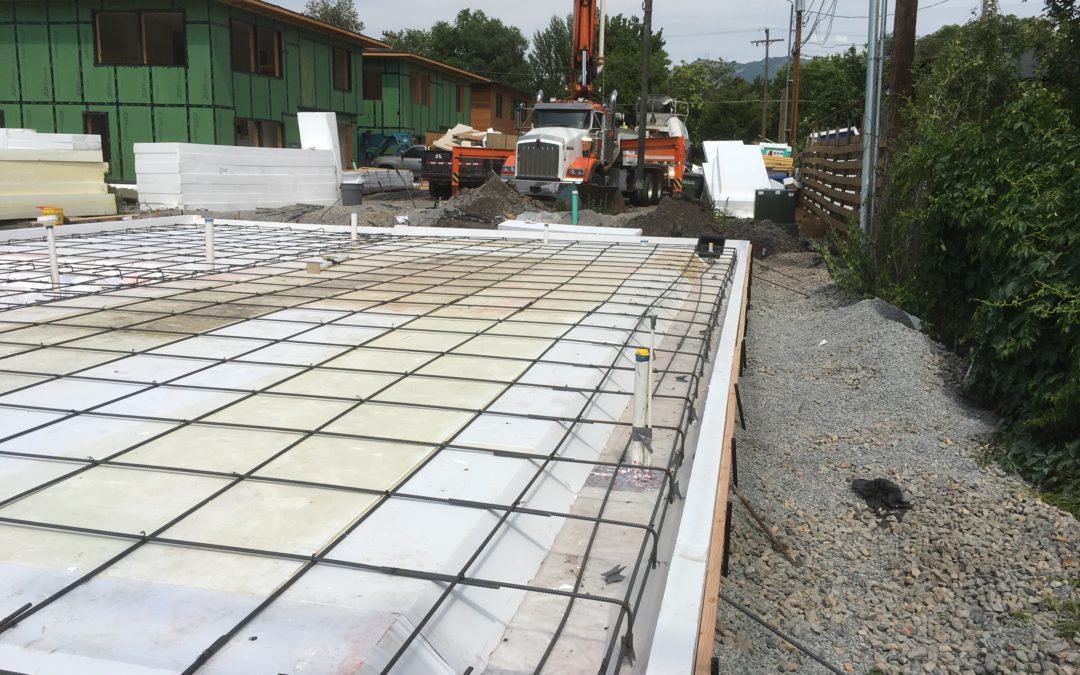The Yeti Cooler® of Homes
Insulated foundations are just as revolutionary for homes as insulated lids were for cooler design.
What if your home was so well insulated that it retained heat/cold just like a Yeti® cooler or a thermos? Imagine it: you wouldn’t have to run your A/C or heat nearly as much, every room in the house would be comfortable, and you’d save hundreds and thousands on utilities. Insulated foundations are vital to a full-house insulation plan.
Living Zenith is a passive-solar house (aka Passivhaus Design in Europe), and we have a very high standard of insulation. This allows us to reduce the amount of heat lost through the building fabric to a very low level. As we’ve developed our building techniques, we’ve come up with a pretty amazing foundation design.
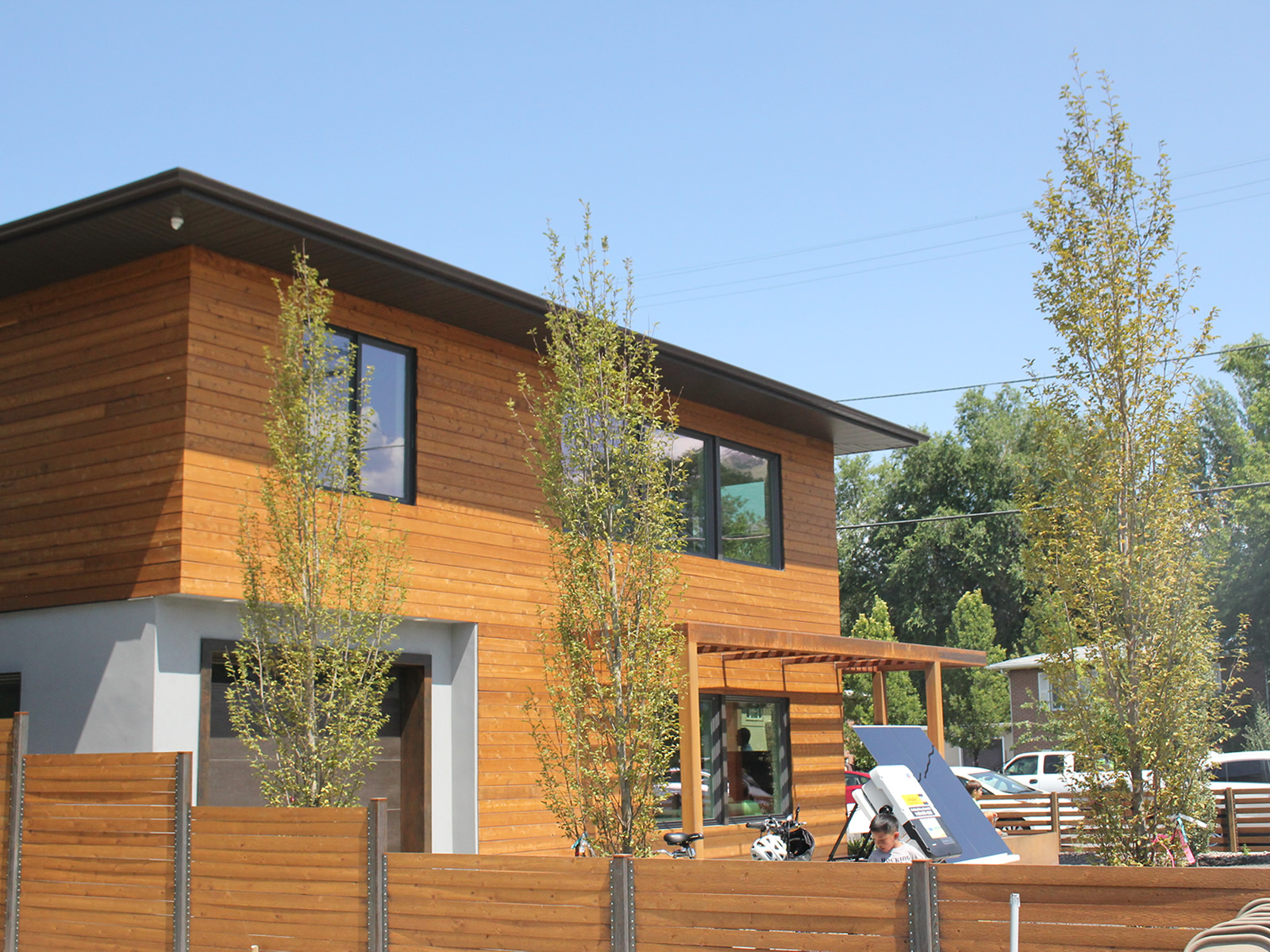
This “thermos effect” allows us to, quite literally, heat our Living Zenith home with a hairdryer. Temperature loss in most homes is usually a result of poor insulation and air leakage through the external walls, ceiling, roof, or the basement. Since all of those areas are insulated in a Living Zenith home, it takes very little energy to keep a constant temperature.
Game-Changing Foundation Design
Foundations/slabs leak a surprising amount of heat and cold, as the surrounding ground leeches thermal energy.
Here’s why: Traditional homes are built with the cement foundation sitting directly on top of the ground. So if the ground temperature heats up then it will heat up your foundation, which will heat up your home. If the ground temperature drops, then your foundation temperature drops, and you home temperature drops. In the building industry, this sort of thing is called a thermal bridge.
If you’ve ever had the misfortune of walking through an unfinished basement in your bare feet in the middle of winter, then you know how freezing cold the cement floor can be.
In fact, in most homes your cement slab actively affects the temperature of the home. Let’s put it this way: traditionally-built foundations, which completely lack an insulated foundation, are a passive radiant heater that’s hundreds of square feet big.
Turning the Insulated Foundation Into an Asset

Part of the Living Zenith secret-insulation-sauce is geofoam. Our insulated foundations sit on a thick slab of 14 inches of engineered geofoam, helping us achieve a thermos-like structure that is ultra-insulated.
By insulating underneath the foundation, we turn that huge slab of concrete into a thermal mass.
Thermal Mass
/’THermel mas/
Thermal mass is a material’s resistance to change in temperature. Objects with high thermal mass absorb and retain heat, acting like a thermal battery. Living Zenith homes incorporate insulated foundations, concrete floors and quartz/stone countertops – both of which have high thermal mass.
Thermal mass is crucial to good passive solar heating design, especially in locations like Utah that have extreme temperature swings from day to night.
Using a thermal mass means your home will be more comfortable, as it moderates internal temperatures.
In practical terms, insulating the foundation means that your home’s internal temperature will stay more constant, and that your utility bills will be much lower. Instead of leeching thermal energy, your foundation will help you retain it.
An Insulated Foundation Solves Multiple Problems
When we first developed our insulated foundations we were only trying to solve the insulation problem. As we dug into the process and setup we realized that we could actually introduce a whole set of improvements and innovations, including the following:
Passive Radon Prevention System: Underneath the foam we lay a special plastic film as an air barrier, which keeps toxic gases like Radon from seeping into your home, completely eliminating the need for any sort of radon mitigation system. We are able to solve the radon problem by prevention.
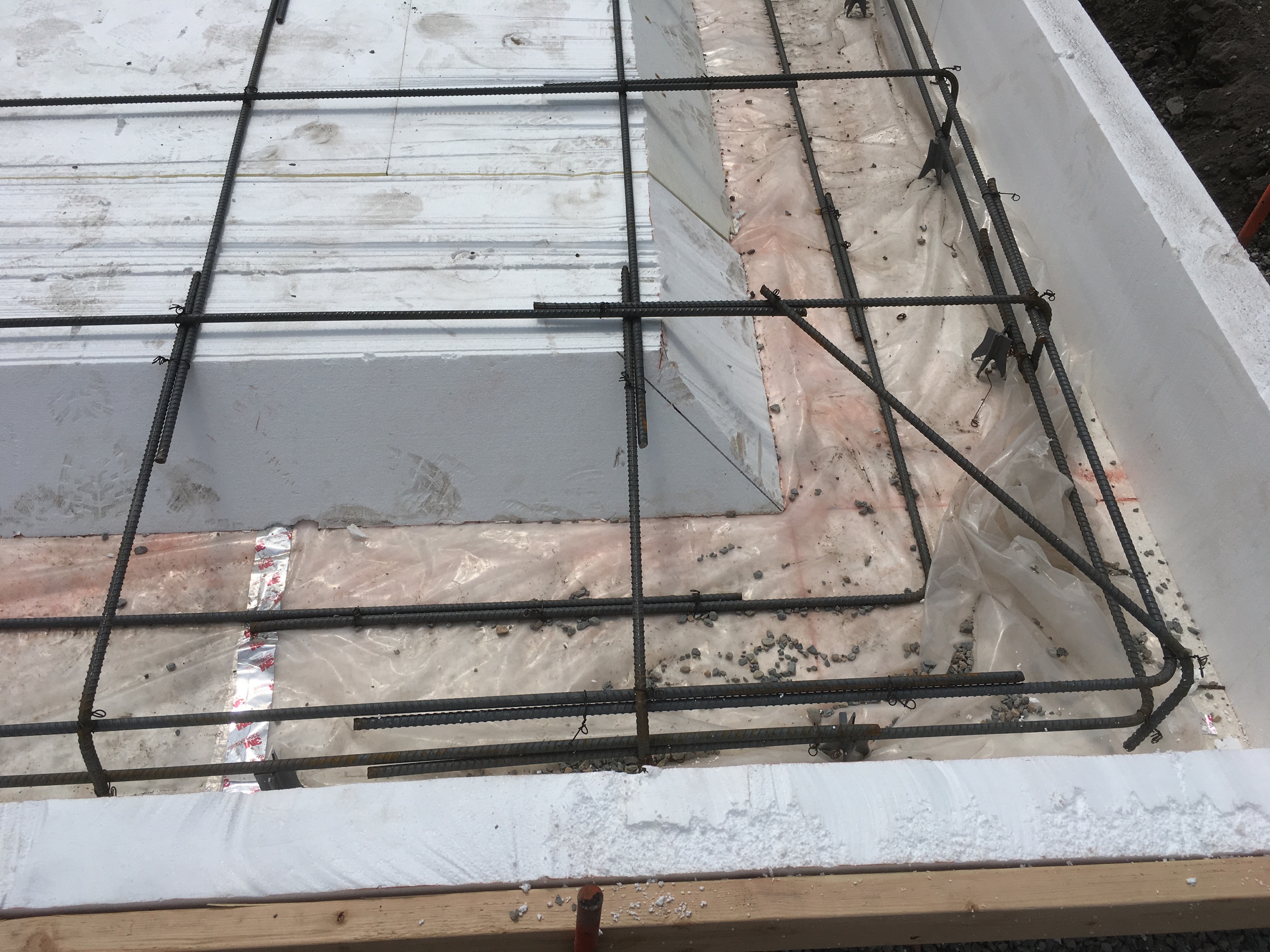
Home stability is improved because the entire home is supported by a unified foundation and slab. This means reduced internal cracking from foundation shifts as well as improved earthquake resiliency.
The insulated foundation is dead level. If you’ve ever had to work with a crooked or crowned foundation then you know what a pain it can be to have to start with a foundation that doesn’t square up.
Our foundations pour ultra-fast. Because of how we can set things up, we are able to use a higher grade of fast-set, slow-cure cement. For you construction nerds, that means that you can start pulling lines and framing just 24 hours after pouring. This is HUGE for builders on a timetable. Total time for setting up and pouring a slab-on-grade foundation is around 7 days.
